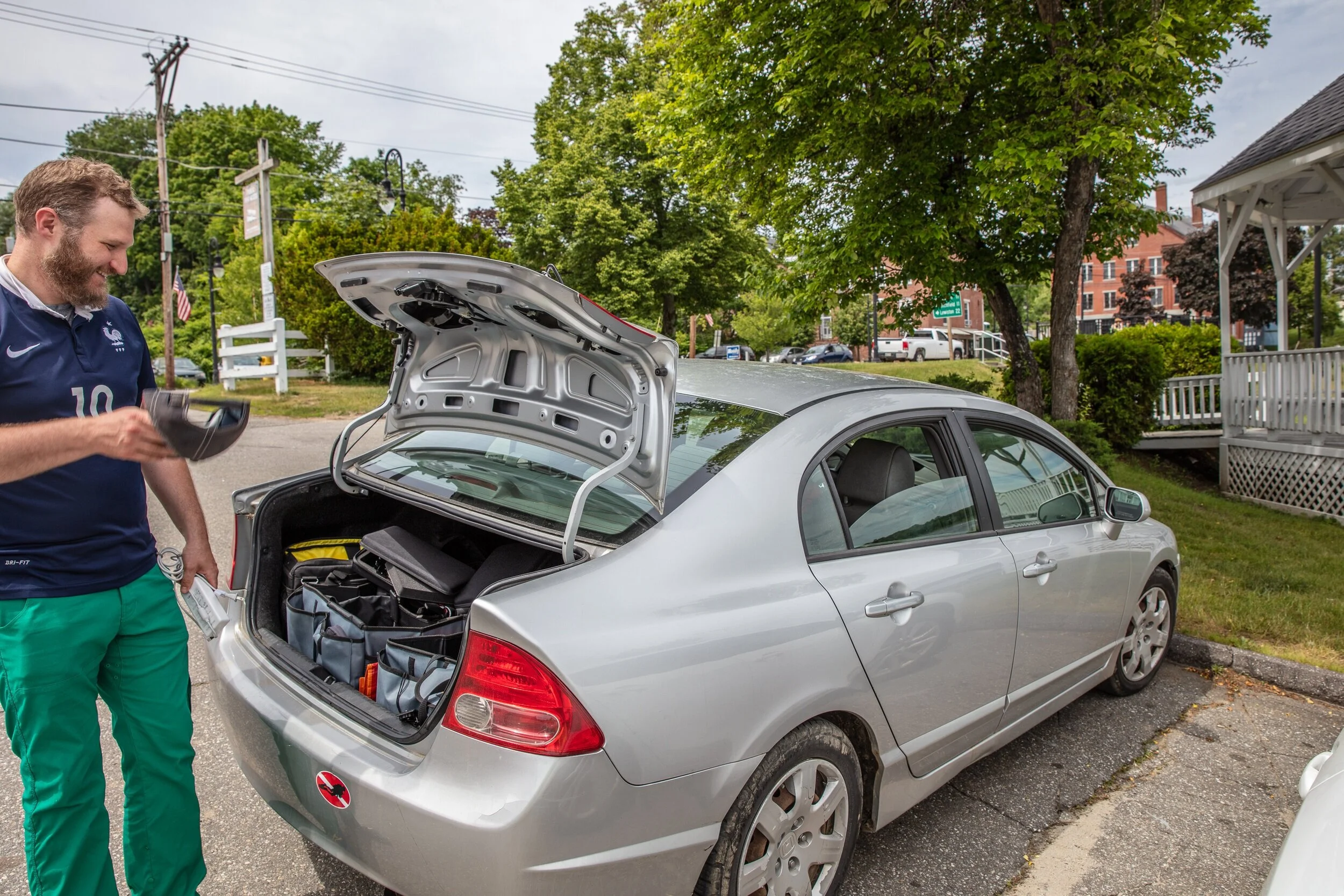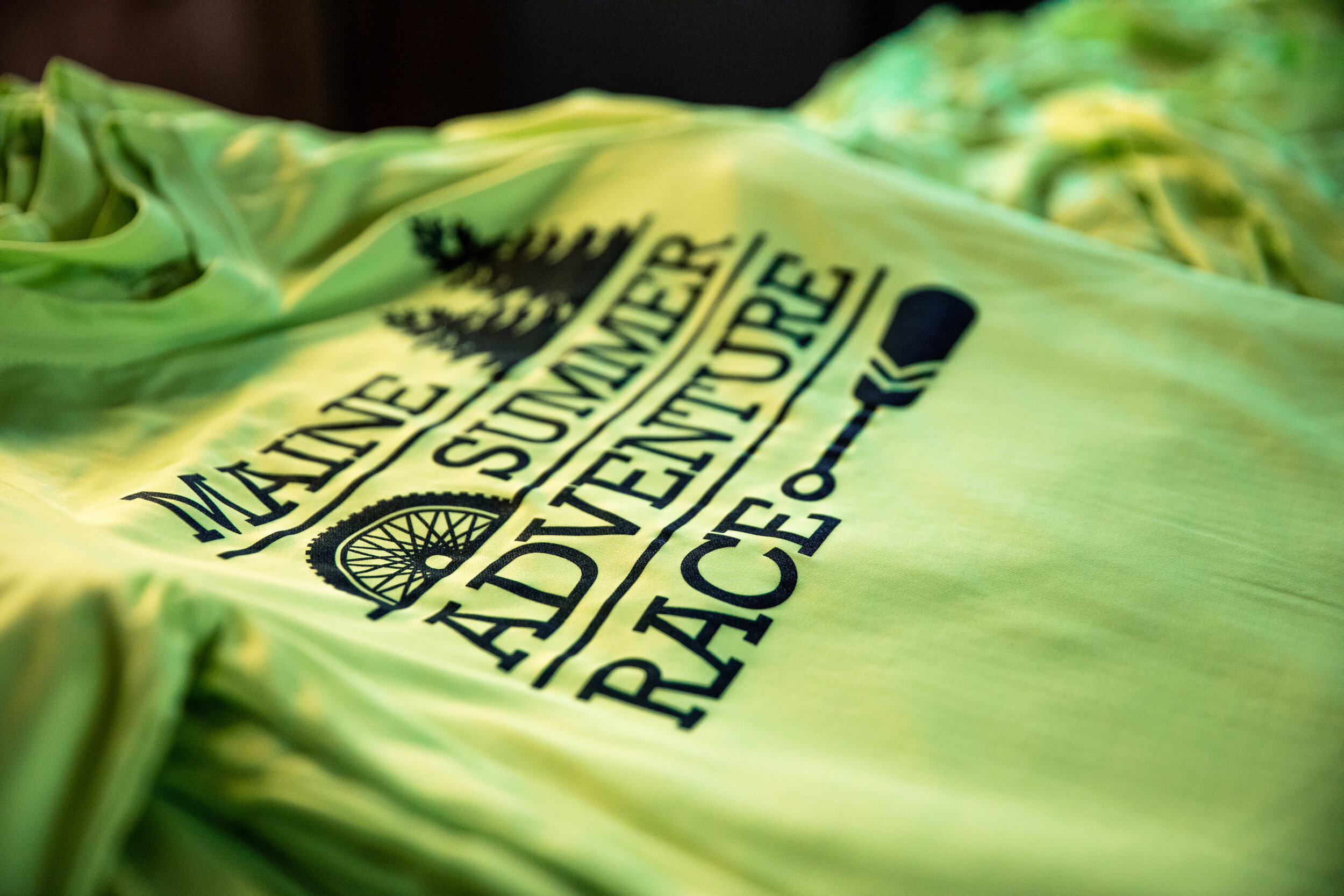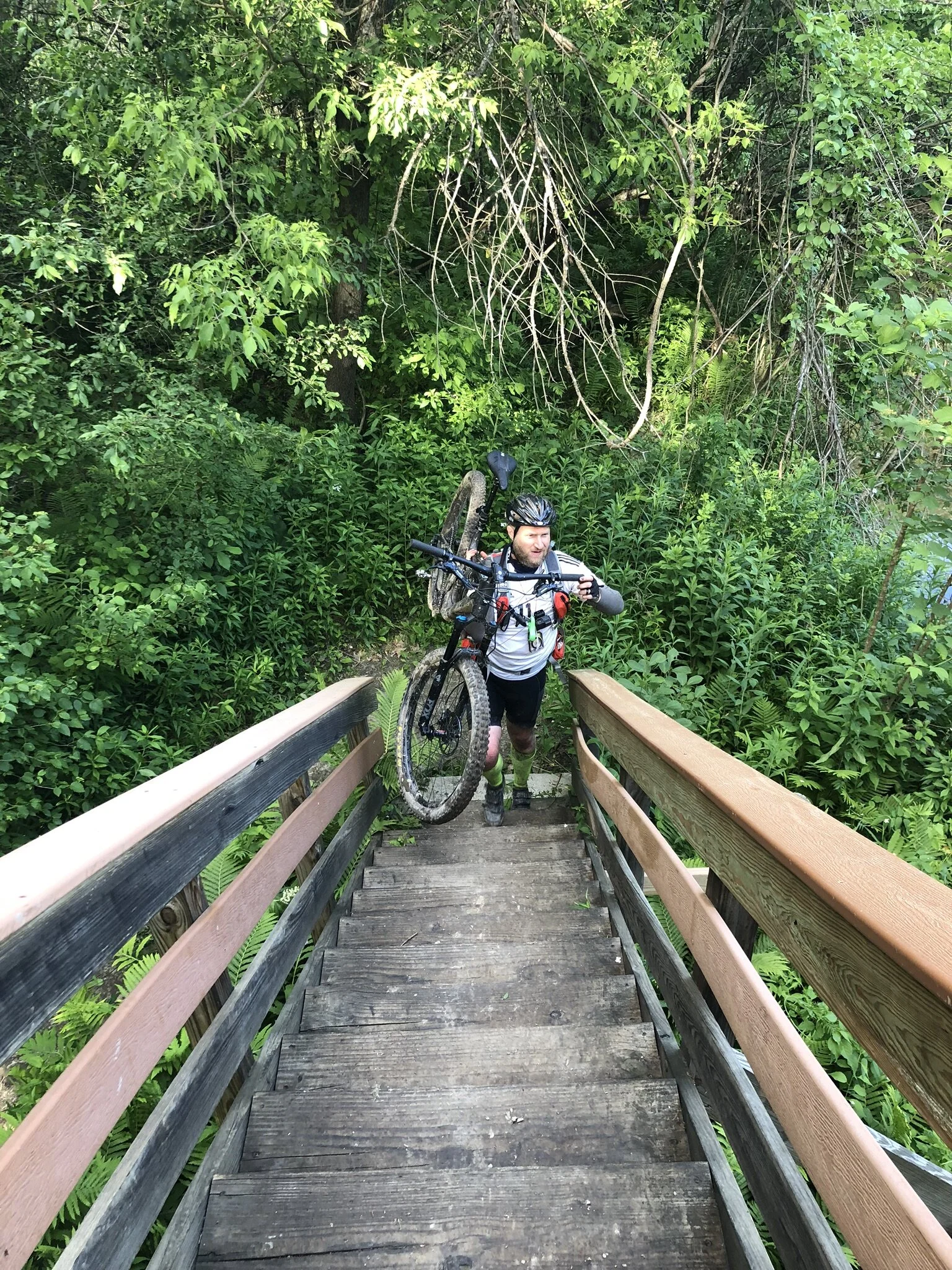If you haven’t seen the Amazon original series, “The World’s Toughest Race,” do yourself a favor and binge it next weekend to get a feel for what it’s like to be an adventure racer.. If you’re still interested in getting into the game after that, read on. Like many adventure racers, I saw Mark Burnett’s Eco Challenge in the 1990s and was enthralled and inspired by athletes who could cover epic distances over unthinkable times. That series launched a wave of interest into adventure racing that has been renewed thanks to the high production value reboot with outdoor personality Bear Grylls. I started adventure racing almost by mistake in 2016 and I have really come to love the sport and the community. I’m in better shape now at 38 than I have ever been in my life, and I owe it all to adventure racing.
How I Accidentally Became an Adventure Racer (and you can too)
It was just past 11:00 pm on the night of June 17th, 2016 and I found myself hauling camera and camping gear through dark and unfamiliar woods on my way to set up for the inaugural Maine Summer Adventure Race as the official race photographer. It was still oppressively warm and humid that evening, and the mosquitoes were eating me alive as I stumbled along the darkened trail, unsure of exactly where I was going. About a mile from the road where I had parked, I eventually found the modest little hut that the race organizers had reserved for me. Climbing up the last hill to the cabin, I felt a unique sense of adventure and accomplishment that struck me to my core. I didn’t know it at the time, but that was where I truly started adventure racing.
For the next two years, I worked as a race photographer & videographer for a handful of races in Maine and Pennsylvania. Working with the athletes and race organizers of the adventure racing community allowed me an amazing opportunity to observe and learn from the top teams in the sport. I even made a short adventure racing documentary that screened at several film festivals: The Hardest Day in Maine. Of course the more time I spent on the periphery of the events, the more I wanted to be in the action myself.
Although not exactly an “athlete,” I consider myself the outdoorsy type with plenty of experience to back that up so I had a good place to start. Unfortunately I lacked the knowledge on what I really needed to go from a spectator to a competent adventure racer. And of course I was absolutely lost when it came to navigation. I just knew I wanted an adventure. There are some good articles out there now on basic gear setups, training programs, and orienteering, but I believe for some things, there is no better teacher than firsthand experience.
Gearing up for the 2019 Maine Summer Adventure Race, before I knew how much I was about to struggle
Get used to carrying your bike a fair bit if you’re looking to get into adventure racing.
In 2019, I joined up with a veteran racer who agreed to race with me in my first 24 hour race. He navigated and motivated us while I struggled to keep pace. Although I ended up not finishing the race due to dehydration, I did make it through 13 hours which still felt like a huge accomplishment.
This is what happens when you try to ride a full suspension mountain bike for the first time in a 24 hour adventure race. *not advised
Recovering in a tent at one of the overnight checkpoints under a space blanket, I thought a lot about what I could have done to avoid not finishing the race and in general what I could do to perform better. I was able to identify what went wrong and it turned out to be mostly small errors in gear preparation, lack of experience, and poor choices on course. That being said, here are ten things I learned the hard way so you don’t have to:
Drink water AND salt: Everyone knows to drink plenty of water when doing outdoor activities, especially in the summer. Managing that balance is critical, and on a hot humid day, it is critical to add some electrolytes to your hydration plan. Whether that’s capsules, powdered mixes, concentrates, or tablets, try to find a palatable way of getting your salts along with your water.
Get tights: Even in warm weather, long tights are a must have for me on race day. They provide protection from the sun and from bugs, as well as the underbrush that you’ll be running through at times. I wear a bib style tight that doesn’t cinch at the waist and it makes a world of difference in comfort.
Bike chamois pants: You’re going to be spending a lot of time on a bike, and you will want all the padding you can get. No one’s judging you here.
Anti-chafing measures: This is one thing some new adventure racers forget and then pay dearly for. Before the race, I use an anti-chafing cream that hasn’t let me down yet. Just make sure you put it on in all the right spots. You can use your imagination on this one.
Shin Gaiters: This may be the only product that I explicitly recommend, but Moxie Gear makes a full shin gaiter that is just about perfect for adventure racing. Even with light padding on the front to protect from branches and underbrush, the gaiter is still form fitting enough that I can wear it while cycling and not have to worry about getting caught in the gears.
Food: Find whatever food works for you on race day and eat that. Whatever it is, make sure it’s packable, nutrient dense, and easy or bland enough to eat without upsetting your stomach. Sub sandwiches are a popular choice for transition area calories, and I have even seen racers on course with piles of fast food cheeseburgers as well. Your mileage may vary, but I find the best way to get calories into my system on race day is in liquid form. Geriatric nutrition shakes are the best way to get those liquid calories in, and as a bonus you can fill a second hydration bladder with Ensure to drink/eat on the trail.
Insect repellent: The insect population on many adventure race courses can be absolutely vicious. Bug bites can end races, so the best thing to do is to prepare for the worst. A few days before a summer race, I treat my race gear with permethrin. On the day of the race, I use a maximum strength insect repellent spray, and carry a head net with me for the evenings.
Get better on the bike: While you can technically complete some adventure races without riding on mountain bike trails, it’s just not as fun. To get the full feel of a course, you really need to be at least a little bit comfortable riding a mountain bike off road. For me, that was the biggest hurdle to becoming an adventure racer, since it’s more than a matter of just simply renting or buying a bike. Confidence in descending is something that I really only learned with lots of practice.
Get better in the boat: Whether it’s in a kayak or canoe, a large portion of every race is going to be spent on the water. You’ll be getting in and out of your boat to collect checkpoints, and you will get wet. The more confident you are as a paddler, the more you’ll be able to observe the course around you and pay attention to your navigation.
Navigation: Surprisingly navigation is the very last thing I learned before attempting my first solo adventure race. Although map and compass navigation is a central part of adventure racing, the team aspect of the sport means that to start racing, you don’t technically need to know how to navigate. You just need to be on a team with someone who does. This might not be as satisfying as finding the points on your own, but it’s an easy way to get a hands-on introduction to the sport at full speed.
After recovering from that first race, I knew I had to rethink my approach to training. That is, I thought, “maybe I should do some training rather than no training whatsoever.” Not one for the gym, I found a local nature preserve with some mountain bike trails that I could use to make a decent little workout for myself. A few times a week I started riding the 13 mile loop I had made that was about half singletrack and half road. It only took about a dozen rides before I started to feel confident and fast enough to take on another (albeit much shorter) adventure race course. You don’t have to be a world class mountain biker or paddler, but the more experience you have, the better you’ll fare. The experience I gained over just a couple months of riding that loop made a world of difference for me on race day.
My training plan before the next race was fairly simple: I focused on functional training and repetition with the disciplines I was least confident in, and just hammered on those skills. As a bonus, mountain biking is extremely fun and a terrific cardio workout. Simply being in better physical shape will improve your racing as well, and you can take that as far as you like. For what it’s worth, it is possible to do an adventure race without training, especially if you consider yourself an athlete already, but finding time to train and practice beforehand will only make race day more enjoyable.
Having learned those lessons and increased the intensity of my training, I was finally confident enough to take on my first race as a solo racer last year. After clearing the paddle section on the first stage, I even briefly led the race. I felt more confident than ever with navigation, and strong throughout the race. Finishing my first adventure race completely on my own was a special kind of personal accomplishment for me. Due to the breadth of gear and skills needed, It’s not exactly easy to step right into adventure racing, so having everything come together finally made me feel like a real adventure racer. The AR community is working hard to make races more accessible to beginners and intermediate racers as well, so hopefully we will see lots more opportunities for people to experience adventure racing at all levels in the coming years.
That’s me in the middle between AR superstars and Eco Challenge competitors Cliff and Kate White
Ready to take on a course yourself? Check out usara.com to learn more and find a race near you!







